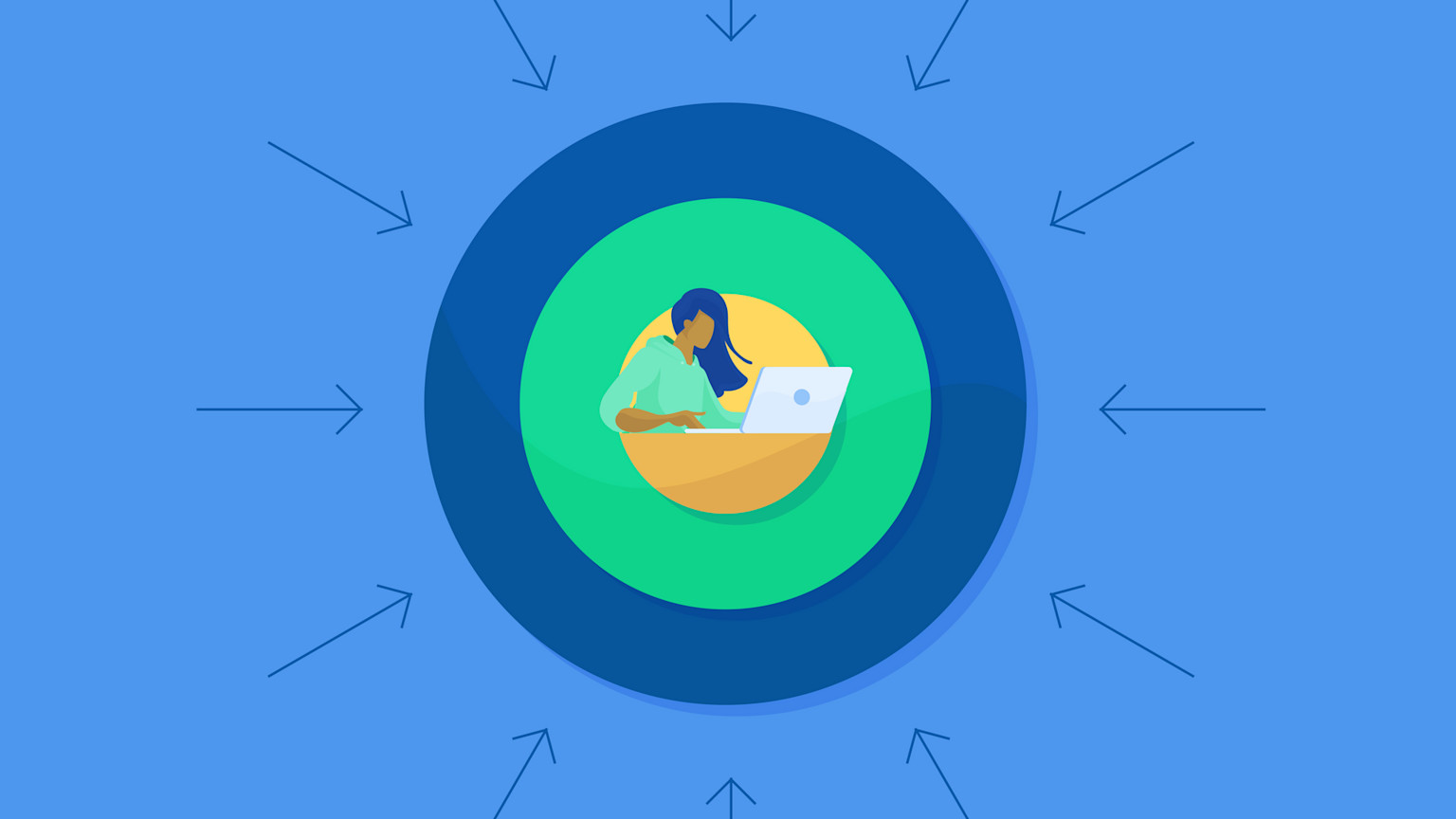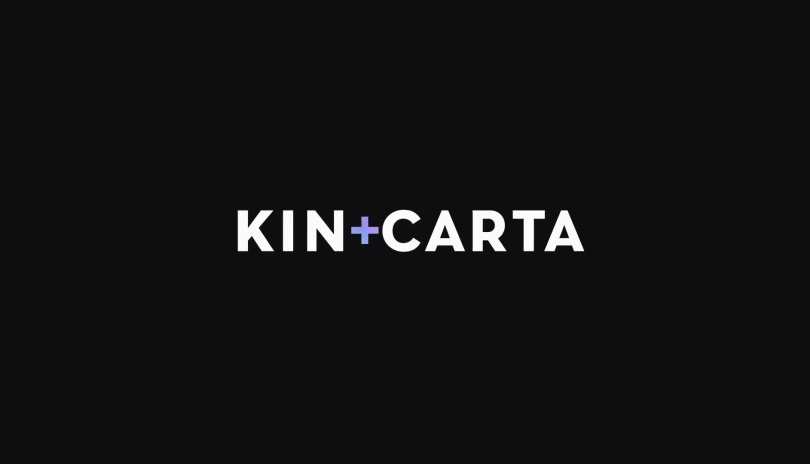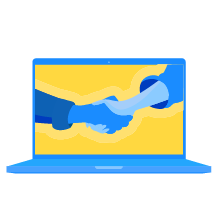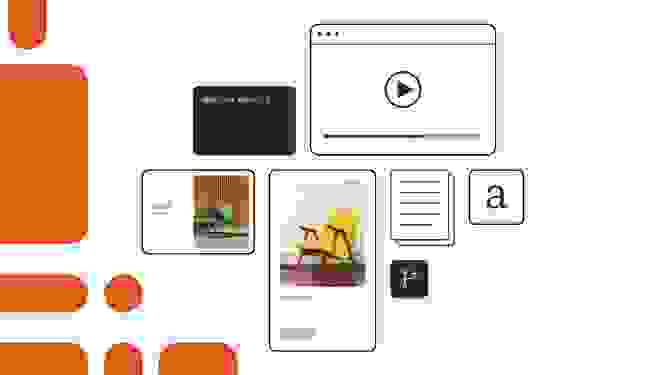Why a customer journey map is vital in an omnichannel world

Customer journey mapping is a critical tool in understanding and influencing complex customer journeys in an omnichannel world. A customer journey map helps companies become more customer-centric, enabling them to address customer needs with unique features and nurture relationships across every phase of the customer journey.
Kin + Carta is a global digital transformation consultancy providing expertise in strategy, customer experience, technology, and data, giving them a full view of the entire customer journey. To chat about customer journey mapping, we caught up with Brian Browning, Vice President of Technology for the Product and Experience Service Line at Kin + Carta.

Benefits of customer journey mapping
Customer journey maps encourage you to look at your brand story from the customer perspective. What pain points do they face? What does the customer need to overcome those objections? Where are they getting distracted? How can you get them thinking about your product or service again?
If you don't sell something to somebody right off the bat, it doesn't mean there's no value in that relationship. More complex or costly products and services often require a long-tail approach. Mapping this long-term relationship helps you identify and nurture the smaller journeys you want customers to take.
For example, a financial services company specializing in first-time home buyers might have journey maps with goals like helping potential buyers build credit and save for a down payment as part of their long-term goal of financing mortgages.

Customer journey maps and pinball machines
Before we dive into how to build customer journey maps, let's define what a customer journey map is — and isn’t. Customer journey maps identify customer behaviors that are meaningful to your organization and the paths customers take to reach those goals. They look at the customer journey across multiple channels and identify ways you can reduce customer pain points and motivate them to take the next step.
The term customer journey map is a bit of a misnomer. We’d like to think we can map the perfect journey that every customer will take, but people direct their own journeys. It’s more like guiding a pinball through a machine. Your customer journey map defines the rails and levers you can use to keep customers on the path and bring them back to the journey when they get distracted.
Why strategic and tactical customer journey maps are important
There are two key types of customer journey maps that we focus on: strategic and tactical. Most people don't think of strategic journey maps as part of customer journey mapping, but it’s an important step.
The strategic road map
The purpose is in the name: the strategic road map speaks directly to the business value your customer experience needs to deliver.
It is your brand story – the high-level narrative that unites all the touchpoints for your customer personas, the experiences you want to create for them, and gives your team a North Star.
Strategic road maps are useful when you’re making big changes, like a redesign, replatforming, or creating a new product or service. They illustrate the business functionality you want to put in front of customers, and make sure it aligns to the things you care about as a company.
In strategic journey mapping, you’ll articulate ideas and prioritize them against what’s meaningful to your business, what’s easy to achieve, and what will produce big results quickly. The deliverable is a multi-phase, multi-year roadmap that includes the business rationale, the user experience, and the technology stack that'll enable it all to come together.
Tactical customer journey maps
The strategic roadmap provides the story and mission to be delivered in omnichannel experiences, but the tactical customer journey map illustrates how that happens on those various channels. It will get into the deeper steps of specific processes, but all leveling up to the bigger mission.
For example, what does the registration process look like? How do I create an account? When do I give you my credit card? How do I tactically go through the process of interacting with the elements you built or plan to build?
Tactical customer journey maps are really helpful when you're building the product itself. They take what might have been a few boxes on the strategic roadmap and work out the details of how you’ll deliver those customer experiences.
We recently worked with an RV parts company. At the strategic level, they found that customers were leaving the RV market because they didn’t know how to troubleshoot relatively small problems. One strategy to address this was a troubleshooting tool for customers.
At the tactical level, we detailed how customers would use the tool. How would they diagnose the problem? What repair options would they want? How would they ultimately purchase the parts they needed?
This tactical map addressed the troubleshooting experience, whereas the larger strategic map detailed the entire lifecycle of troubleshooting from parts procurement to installation and follow-up.

The customer journey mapping process
Once you have your strategy defined, you can start building tactical journey maps to support different objectives.
1. Start with a clear goal
It's important to start journey mapping with a clear understanding of what you want the customer to do. There are many possible outcomes you can influence, but defining a clear goal will help you and your team decide what steps you want the customer to take and how you will measure success.
For example, if you’re running an advocacy campaign, your goal might be to get somebody to sign a petition or share the campaign on social media. To get customers from point A to point B on the journey, you might use gamification and direct appeals to motivate people. Then you’ll track signatures and social media to see if these levers are moving people toward the goal.
But, sometimes your goal is more nebulous. Take Kin + Carta for example. Our goal is not to sell something on our website; it’s to start a conversation with our experts. We use our digital presence to show our position in an industry, our expertise, our credibility, our qualifications, but there’s only so much we can do online. What we’re ultimately asking customers to do is take the next step from online to scheduling a call with us.
2. Create a baseline
Once you have a clear goal, you can create a baseline journey. There’s almost always a straightforward route along whatever experience you’re trying to build that can serve as a starting point.
In commerce, that baseline journey might be: I need to buy product X >> I go to the website >> I remember I ordered it before >> I go to my previous orders >> I order it again.
3. Look for objections
With a goal and baseline established, you want to understand where customers have objections along this baseline journey. You can brainstorm what possible objections would be, but go beyond brainstorming. Do your research.
Look at your analytics and talk to actual end customers to see what they find confusing. Listening to your customers is critical in identifying the problems you need to solve. Otherwise, you can end up investing in something that customers never use because it was never an issue for them.
4. Think like a customer
Using research to understand objections is just the start. As you identify common objections, you can get creative about solving them. Think about the narrative and what interesting brand story elements you can include as touchpoints to address objections and bring customers back to the journey.
You really want to think about the journey from the customer perspective. Separate yourself from your insider knowledge. Forget the acronyms, buzzwords, and everything you know about your product. Empathize and try to better understand what it might be like to be a customer.
Augment your creative brainstorming with actual end user research to find what really motivates your customers.
5. Gather your tools
Ultimately, a customer journey map is a complex and varied series of different customer touchpoints. Each of these touchpoints act as the guardrails and levers you’ll use to motivate customers and bring them back to the journey when they stray.
What tools and features do you need to build the journey you’ve mapped out? You might use personalization to proactively reach out to customers when they look at a product and then leave. You could send an email to see if they have any questions, share a review, or show them some accessories that go with that product.
Or you might use retargeting strategies to see what sparks action in the customer’s mind. Maybe it’s changing the homepage to say, “Hey, Brian, welcome back. Would you like to look at this TV again?”
6. Implement and experiment
Now it's time to test your hypothesis. You can identify numerous objections and brainstorm a lot of creative solutions, but you don’t know if you're right until you experiment. Get something out into the real world and watch what the customer does and then react and adapt.
Experimentation helps you get better and better at setting up those guardrails and levers that move customers through the narrative. It preserves budget by identifying features that matter to the customer before going big. And it’s a chance to add some really interesting elements to your customer journey.
You can experiment with content based on buyer personas. Or refine customer journeys using data from similar customers to better anticipate objections. These types of personalization and experimentation deliver powerful results when done at scale over a long period. The barrier is typically the amount of content creation needed.
This is one place where generative AI can be helpful. AI tools trained on highly performant content can adapt content for different personas and experiments. You can use AI to write 100 different button labels or to localize content for every region in the United States. It's one more tool that helps you experiment, adapt, and refine your customer journeys.

Lean into the expertise of trusted partners
Customer journey mapping is far more complex than it once was. Customer experiences are omnichannel. New technology like MACH and composable architecture are changing the way we build experiences across channels. And the teams that build those experiences are changing. It's a huge mindset shift for most of our customers.
An experienced partner can help you avoid costly mistakes whether you’re in the strategic phase or trying to figure out what composable tech stack fits your needs. A good partner can help you get an MVP out, while showing you how it’s architected so you have internal ownership and are building the capabilities you need for the future.



